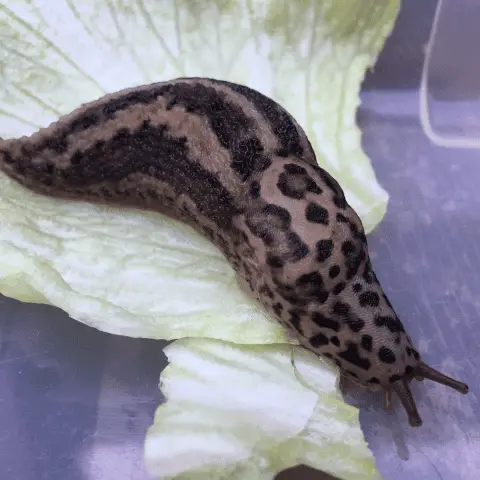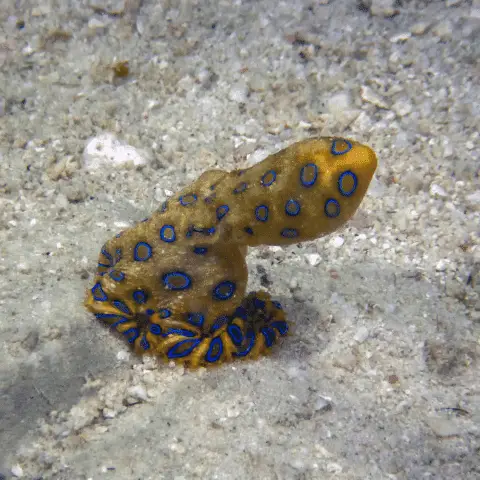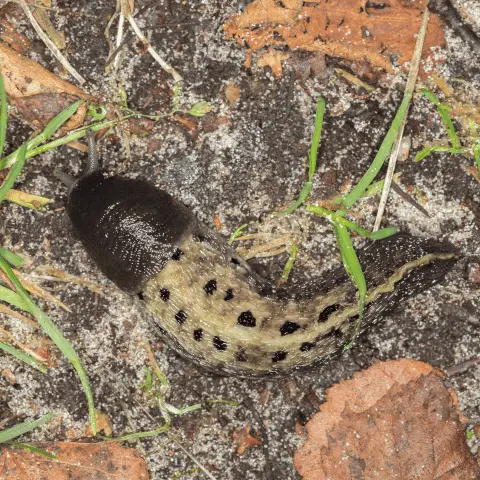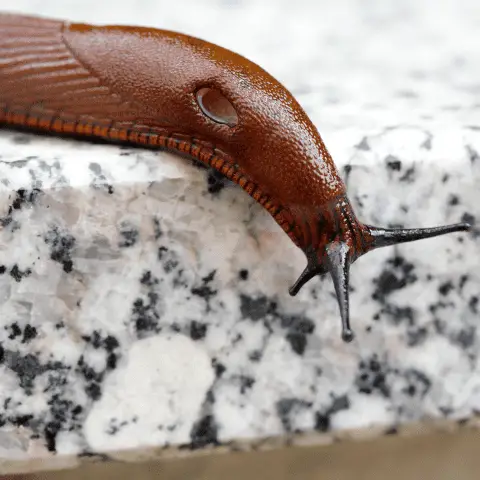Have you ever seen a slimy creature crawling around your garden and wondered what it was? Chances are, it was a slug! These soft-bodied creatures are common in many parts of the world and can be found in a range of environments, from woodlands to gardens. In this article, I am going to answer some questions you might have about slugs, including whether they can be poisonous, how to handle them safely, and how to prevent them from invading your garden or home.
What Is A Slug?
What is a slug and what do they look like? Slugs are a type of mollusk, which is a phylum of invertebrates that also includes snails and clams. They have soft, elongated bodies without shells and are typically brown or gray in color. Slugs are known for leaving behind a slimy trail as they move, which helps them to navigate and stay moist. You might also notice pairs of antennae at the front of a slug’s body, which help them to sense their surroundings.
Are Slug Poisonous?
Firstly, it’s essential to differentiate between poisonous and venomous slugs.
Poisonous slugs are those whose skin secretions contain toxins that can cause harm when ingested or absorbed through the skin.
In contrast, venomous slugs inject venom into their prey or predators, typically via a stinger. While venomous slugs are relatively rare, poisonous slugs are more commonly encountered.
One of the most infamous poisonous slugs is the leopard slug (Limax maximus). These slugs can be found in Europe, North America, and Asia and often live in wooded areas. Leopard slugs produce a milky liquid that contains small amounts of toxins, which can cause skin and eye irritation in humans. While contact with this slug’s secretion is not typically lethal, it can cause discomfort and inflammation.

An example of a highly venomous slug is the blue-ringed octopus (Hapalochlaena), which is native to Australia, Indonesia, and the Pacific and lives underwater (no need to panic! You won’t find this slug in your backyard!!). This slug packs a deadly punch, as its venom is incredibly potent and can cause paralysis or death in humans. The blue-ringed octopus’s bright blue rings serve as a warning to potential predators to stay away. It is critical to avoid handling or coming into contact with this slug, as even a small dose of its venom can be deadly.

However, despite these two examples, the majority of slugs are not poisonous at all. In fact, most slugs are entirely harmless to humans. While some people may experience skin irritation or an allergic reaction to contact with certain species of slugs, these instances are relatively rare and usually not life-threatening.
There is also a common misconception that slugs secrete toxins to protect themselves from predators, such as birds or mammals. However, this is not entirely true, as slugs often use their slime to make themselves less appealing to predators or to facilitate movement.
Truth is, slugs play an essential role in many ecosystems as decomposers, and without them, the food chain could be disrupted.
How to identify a poisonous slug?
If you want to identify a poisonous slug, it’s important to look for specific markings or features on the slug’s body such as bright colors, slimy trails as some can indicate venomous slugs.
Next, observe the behavior of the slug. Poisonous slugs tend to move slowly and have a zig-zag movement, while other garden slugs move in a straight line. Slugs that try to climb plant stems or the sides of containers are more likely to be venomous than non-poisonous slugs, as the former is searching for prey or a place to hide.

An essential factor in identifying a poisonous slug is to pay close attention to the environment around you. Poisonous slugs thrive in moist environments like gardens and water sources. They tend to be active during the night and are more prevalent in the warm and humid seasons. If you notice a lot of salamanders or other amphibians moving away from an area, it might be because of potentially dangerous slugs.

How to safely handle a slug?
If you happen to see a slug that you believe might be venomous, do not touch it! If you need to handle a slug, it’s best to wear gloves or use a tool such as tongs. This will help you avoid any toxins it might be carrying. If you do come into contact with a slug, wash your hands thoroughly with soap and water. If you experience any symptoms such as skin irritation or breathing difficulties, seek medical attention immediately.
Keep slugs out of your garden or home with these easy tips!
Blog Introduction Paragraph: Slugs are not only slimy and gross, but they can also cause some serious damage to your plants or leave behind a trail of slime throughout your home. And although it may seem impossible to get rid of them, there are plenty of things you can do to keep slugs out of your garden or home. Here are some examples:
Use Copper Tape or Mesh
One of the best ways to keep slugs out of your garden is by using copper tape or mesh. The copper creates a small electrical charge that repels the slugs and prevents them from getting into your plants. Simply place the copper tape or mesh around the base of your plants or around your raised garden bed to keep the slugs away.
Create a Barrier
Another effective method for keeping slugs out of your garden is creating a physical barrier around your plants. You can use anything from eggshells, coffee grounds, or even a ring of flour around your plants. As the slugs crawl over these substances, it will irritate their skin and encourage them to move on.
Attract Predatory Animals
If you’re dealing with a slug infestation, you can also try attracting predatory animals to your garden. Birds, hedgehogs, and even ducks love to eat slugs, so encourage their presence in your garden by creating a safe and welcoming environment for them.
Use A Natural Slug Repellent
There are several natural slug repellents that can help eliminate the slug problem in your garden. You can use anything from coffee grounds, cornmeal, or even a solution of vinegar and water. These natural products will not only repel the slugs but also provide nutrients to the soil.
Keep Your Home Clean
Slugs are not just in gardens. If you’re dealing with slugs in your home, it’s important to keep your space clean and clutter-free. Make sure to clean up any food spills, remove any standing water, and seal any cracks or holes in your home’s exterior.
There are several non-toxic methods you can use to get rid of slugs. One option is to manually remove them from your garden using gloves or a tool. Another option is to use beneficial nematodes, which are microscopic worms that feed on slugs and other pests. You can buy nematodes online or at gardening stores and apply them to your garden soil.
Conclusion
Slugs might not be the most popular creatures in the world, but they play an important role in many ecosystems. It can be frustrating to deal with these critters in your home or garden, but there are plenty of easy, nontoxic, and effective solutions to rid them from your space for good. By taking steps to prevent slugs from invading your space and handling them safely if you do come into contact, you can coexist with these slimy creatures without any issues.
